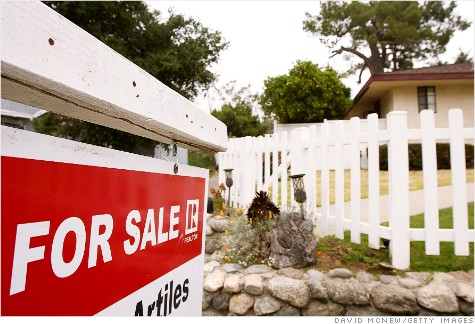Consider that in 2000, according to the National Association of Realtors, the typical existing home sold for $111,800 versus $225,000 in August.
So, what's the best approach to selling in today's market? Consider these five core points.
- Buyers are scarce relative to home supply.
While pre-market prep could have been ignored in the recent past, today you have to paint, clean-up and repair before offering a home for sale. An MLS photo that shows a home with a lousy roof is evidence of a property that likely will not sell quickly or at full price.
- Remember that cash is still an issue.
- Choose the right broker.
In a slow market picking the right listing broker becomes especially important. Why? Because a broker with a strong local history is known and respected: If he or she offers a property at a given price that value is likely to be accepted as at least within the realm of reason.
As an example, last year we sold a property that was unlike virtually all nearby properties in















